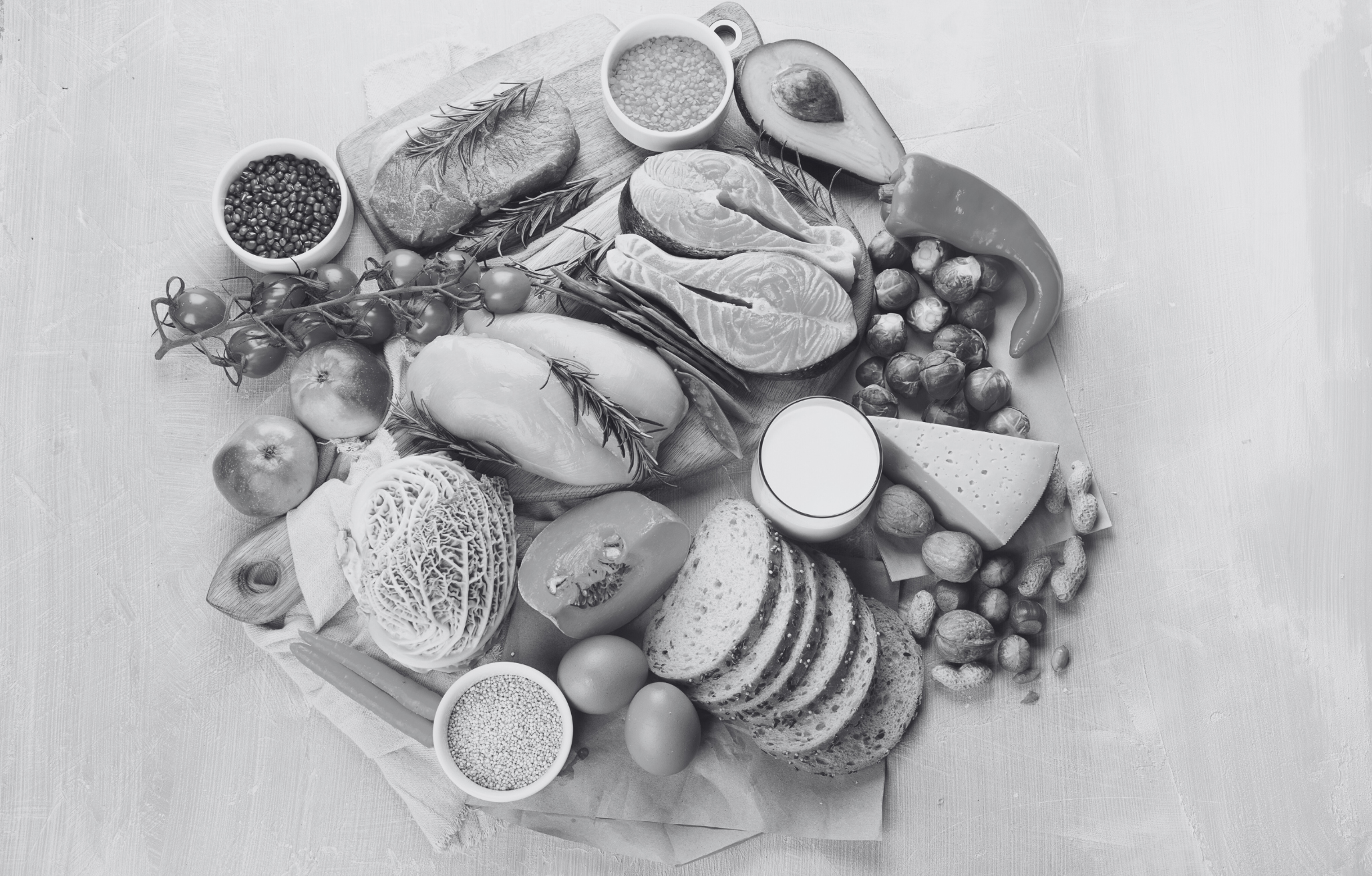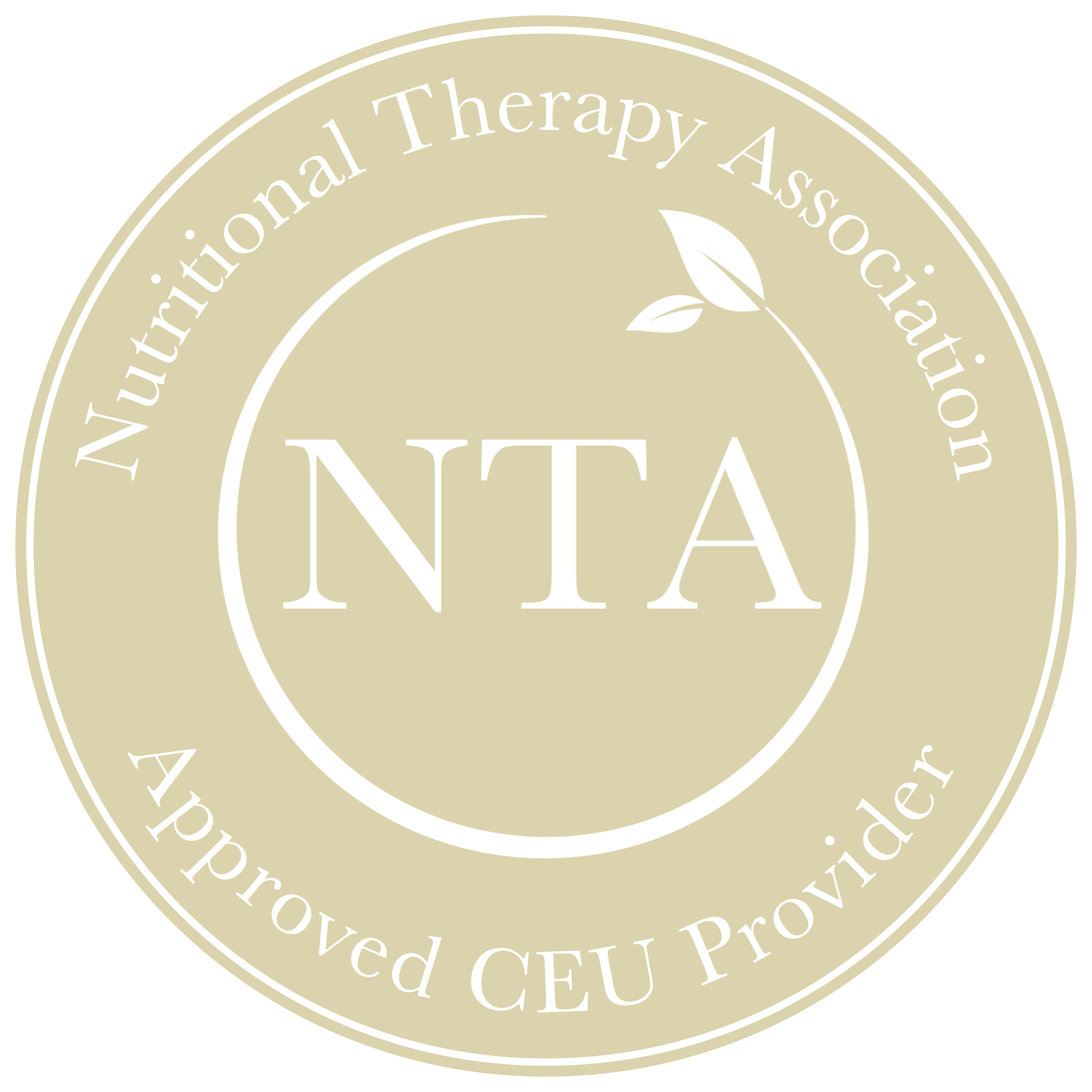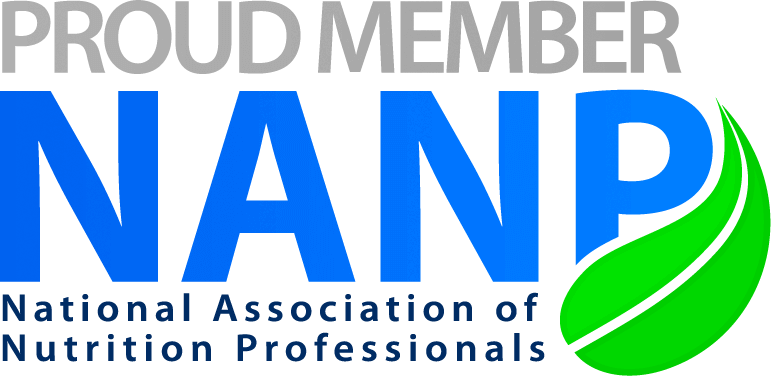The other day, as I was emailing with a student, I had an epiphany. Aside from all the knowledge we gain in school, there are three crucial skills required in clinical practice: critical thinking, the ability to tap into our intuition, and competence in the art of clinical timing. Mastery of these skills is what makes a practitioner exceptional so let’s discuss why they matter.
One of the most valuable, yet rarely discussed, skills in the field of holistic nutrition is one’s ability to think critically. Critical thinking is something we develop through both our successes and our failures. It’s not something we learn in an online training; rather, critical thinking comes from applying analysis, interpretation, reflection, evaluation, problem solving, and decision making in the clinical setting.
We spend a lot of our time learning new skills. Let’s face it, who among us isn’t attracted to the newest, latest and greatest training? We want courses that teach us testing procedures and interpretation as well as business-building techniques – all of which are designed to increase efficacy and make us more successful. Trust me, I think I’ve probably taken more nutrition classes than most and sure, they’ve all contributed to my abilities. But while it’s fantastic to expand our clinical repertoire and range of expertise, it’s just as important to spend time focusing on and honing our critical thinking skills.
Critical thinking is hard; it takes time and practice to sharpen this special talent.
In our work with clients, engaging critical thinking takes deliberation and focus. We must draw on all of our analysis and evaluations and sit with them. Critical thinking involves asking probing, specific questions. It involves deep observation of the objective data we’ve accumulated on the client. Where are the connections? Is there an apparent path to her current condition? It includes drawing the client in as well: what does she think is going on? How relevant is her history to what’s happening now? Can we connect the dots in a logical fashion? And ultimately, can we trust our own critical thinking?
A word of caution here – and this is something I see in students all the time – our beliefs influence our ability to think critically. What I mean by that is that many practitioners think that the first outcome they observed in their practice is the only possible outcome. Or they believe that because XYZ worked for a certain client, it will work for every client they encounter. As humans, we tend to seek out ideas that confirm our beliefs and ignore those that conflict with them. Beware of this common pitfall by always keeping an open mind.
Good critical thinking takes on extraordinary power when we partner it with intuition.
We all have an intuitive spidey-sense but honing it is also an art that requires practice. In order to tap our own deeper wisdom we must be able to sit quietly and allow it in. Intuition is feeling, not thinking. Many of us are completely hard-wired as logical thinkers and stay stuck in our heads. But the reality is that we all have that little voice inside. We all have those “gut feelings” if we choose to tune in to them.
Intuitive understanding can come through our dreams or through meditation. Some of us receive knowledge as auditory information and for others it comes as a “knowing.” Developing the ability to listen, however this wisdom comes to you, takes practice and, again, trust.
When critical thinking and intuition come together, magic happens.
All of the seemingly random bits and pieces of a client’s history, presentation, and objective testing fall into place. You have a strong knowing and trust in your theory and protocol. As you share it with the client, they too will resonate with it and sense the rightness of your rationale. With both of you 100% onboard, there is an opportunity for profound healing.
The last essential aspect of an outstanding clinician is in mastering the art of time. This involves correctly establishing the length of your client’s healing journey, right from the start.
Recovery from chronic illness is a passage that requires the correct itinerary.
Too many clients come to us looking for that “one thing” that’s going to fix them. We all know it doesn’t exist. Our bodies are multi-faceted and clients need our help making sense of the many factors that have contributed to their health issues. From diet to lack of exercise to eliminating toxins to the relationships in their life – everything in their life will either support or derail their healing journey.
Too often, practitioners don’t establish realistic expectations – for the client or themselves. Many clients have been sick for years, if not decades, and are dealing with autoimmunity, brain dysregulation, organ weakness, and so much more. The body has a miraculous ability to heal but it takes time! A good rule of thumb is that for every year one has been sick, it will take a month of healing work.
Healing doesn’t occur in a linear fashion.
It’s usually two steps forward, one step back and it happens in stages or layers. Too many practitioners throw their hands up in the air and quit way too soon. Every client will experience ups and downs, fits and restarts. Prepare for that and make sure the client is prepared as well. It’s no wonder they drift from practitioner to practitioner – very few clinicians hang in there long enough to get the breakthrough. So be patient, allow healing to occur, and stick with it!
A great example of how essential these three skills really are is with my client Frances, who had been to dozens of practitioners before we began working together. She was incredibly frustrated because no one had listened to her and her previous clinicians treated her like she was crazy. Frances knew that wasn’t the case, and I did too. Her stool test showed H. pylori and her blood panel revealed inflammation and liver issues. She wasn’t making up her brain fog, body pain, and inability to digest most foods.
As I shared her initial test results with Frances, I asked her how long she’d been unwell and she told me 10 years. I responded with my healing timetable that it would likely take a good ten months for us to see progress. She was so relieved that I believed her, that I was able to put the pieces together and I was willing to try to make her better. She dove in with both feet.
It wasn’t easy. It took four months before she could tolerate even a sliver of hydrochloric acid support. But each month, she improved, she got stronger, she slept better, she expanded her food options, and she had fewer symptoms. I’m happy to say that today, a year later, Frances has gone back to running five days a week, her digestion has improved tremendously, she enjoys a wide variety of healthy foods, and she has no inflammation at all. Every time I speak with her, she showers me with gratitude. I was the one who figured it out, who stuck with her, who didn’t give up, and it paid off. And as a consequence of my success with Frances, her neurological chiropractor now sends me all of his most challenging cases.
Critical thinking, intuition, and the art of timing – we are forever deepening and practicing these skills in our work with clients. When you master all three, you will never lack for clients, they will sing your praises, and you will love what you do.







